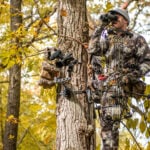The fates of many deer killed in October and November are sealed well before opening day. Most highly successful deer hunters know that the term “offseason” is a misnomer in the whitetail woods, even during the summer months.
Though hot weather, packed social schedules, and other pursuits like fishing often take your mind off of deer hunting during these months, the summer can still be a highly productive time of year. Here are a few tasks geared to ensure a venison restock for your freezer when the heat finally breaks this fall.
Find the Survivors
Whether you hunt public ground in a state that is invaded yearly by the orange army, or you are lucky enough to hunt in a low pressure whitetail destination state. Knowing which bucks survived the past hunting season can be the cornerstone to building a successful game plan for next fall.
When trying to locate off-season bucks, casting a wide net with trail cameras while focusing on food and cover is key.
Some trail camera locations are obvious, such as trails leading to an agricultural field or a water hole in the heat of summer, but don’t overlook lush, H2O rich natural browse on the edges of thick bedding cover or creek bottoms as places to garner buck intel.
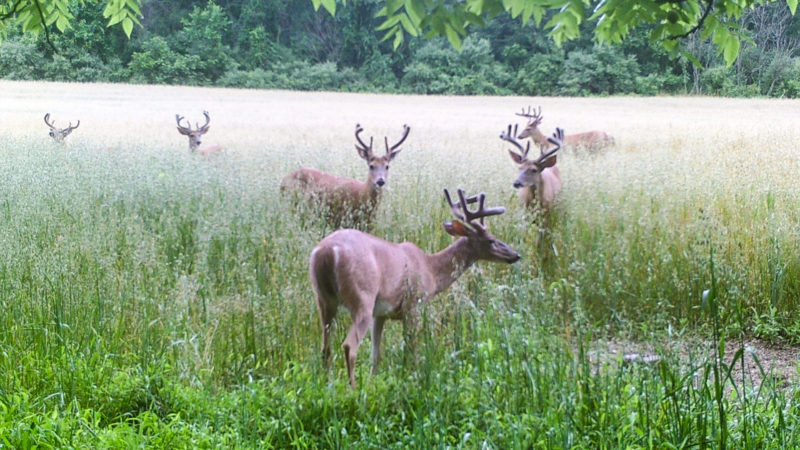
In states where it is legal, minerals or other supplemental feed can be a great way to locate AWOL bucks during the summer. Where mineral sights are not legal, scrapes can be a surprisingly effective year-round tool you can use to inventory bucks.
Look for scrapes near or in known bedding cover, or on well-used food sources. Even well into the offseason, a buck will often check a perennial or community scrape with some regularity.
Scout Old Sign
High heat, bugs, and the limited visibility of the green understory makes many hunters shy away from scouting in the summer months. However, scarred bark from last year’s rubs, and broken branches from scrapes can still reveal an important window into last fall’s deer movement.
Also, terrain features are the same year round. So getting eyes on a new-to-you funnel or bench, can only help you when fall rolls around.
Perhaps the biggest advantage to offseason scouting is the ability to guiltlessly infiltrate a buck’s bedroom. It doesn’t matter this time of year if you disturb a buck in his bed, he obviously has plenty of time to forgive your intrusion.
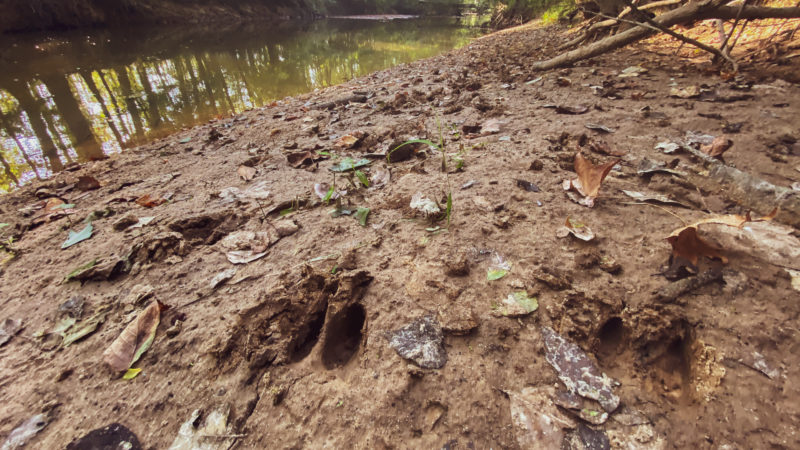
You may learn the specific intricacies of what a particular buck prefers in bedding cover, or maybe you just locate a few quality bedding areas. Either way, scouting buck bedding in the offseason is an investment that can return big dividends in the fall.
Glassing fields for velvet bucks from the comfort of an air conditioned truck cab is a favorite summertime activity for many hunters. The buck hitting a particular food source in July may be in a completely new location in October, so be sure to take note of crop rotations and agriculture foods sources while you are out on your drives.
Also, speaking of food, boots on the ground acorn surveys in the later part of summer can also provide invaluable intel as you plot out the fall.
Analyze or Improve Habitat
At the most basic level, habitat will determine how many and what caliber of deer will be available to you to chase on any given property. Your ability to adapt to seasonal shifts in habitat and deer needs may be the most important factor in determining your success each fall.
The acorn laden knoll of early dropping oaks that was an early season hot spot, may be a barren wasteland by the time mid-December rolls around. While the small thicket of dogwood may be the late-season meal ticket in some habitats.
Observing and noting various types of natural food sources in the off-season can set you up to be on whitetails all fall long. Relating that food to quality bedding areas and understanding when those food sources are productive starts with an intimate understanding of the habitat you are hunting.
The offseason is the perfect time to assess what your hunting area’s habitat has to offer deer, and to build a season long plan based on what you have available.
If you are fortunate enough to own a piece of dirt, there is no more convenient time to improve its whitetail quality than in the summer. Of course working in a new food plot before a summer rainstorm is a favorite off-season task. But other improvements like adding a waterhole, planting trees, or developing a long-term timbering plan should not be overlooked.
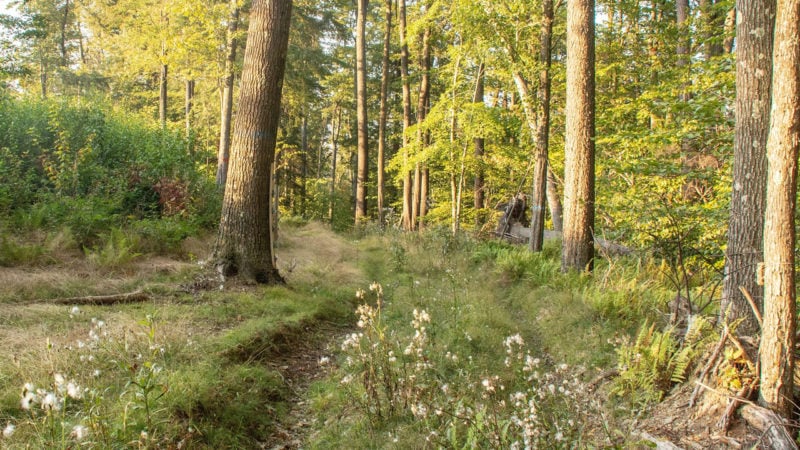
Cover New Ground
Widening your hunting options is one of the most important and productive ways to spend your offseason. You will probably run into more than your fair share of treestands and bright-eye lines in your efforts to find new hunting areas, but you may just punch a tag or two along the way.
Potential hunting opportunities can come in the form of state owned land, acres owned by conservancy groups, knock-on-door permission, and other sources. When investigating new ground, I tend to gravitate toward large public properties that offer ample opportunity to distance myself from the crowd.
These properties may be thousands of acres with only a few spots worth my time. I am constantly looking at habitat, deer sign, and human sign to decipher in the search for the best spots to invest the limited hunting time I am afforded.
Reevaluate Your Equipment
Part of every off-season should include an evaluation of what gear you used in the field, and if it performed to your needs. I can’t think of too many off-seasons in which I didn’t at least make a few changes in my equipment. Some of these changes were subtle like the type of clothing I wore, or how I organized my pack.
Others, such as adjusting my bow setup or adding a saddle to my arsenal, required a lot of time and practice to develop an adequate level of comfort. The earlier in the summer you make these larger adjustments, the more opportunity you have to build comfort before the fall.
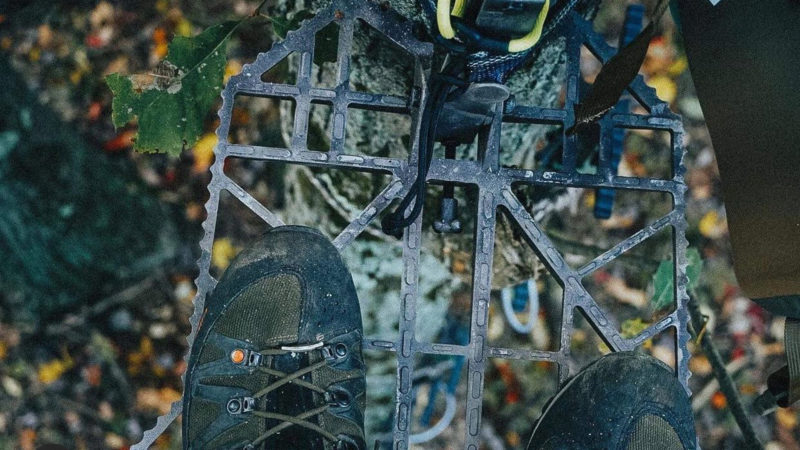
Last off-season, I spent hours working to build confidence with new releases and tinkering with my rest and sights. With all those quality repetitions under my belt, I never felt so confident with a bow in my hand during the season.
Despite making lethal shots on two deer, and one unfortunate oak sapling, I still plan on revising my arrow and broadhead setup this offseason. Lazy summer days are the perfect time for me to take a deep dive into my arrow setup.
Increase your Knowledge
One of the most underrated offseason tasks is to simply increase your hunting knowledge. Today, with seemingly infinite information at our fingertips in the form of high quality podcasts, websites, and books, there is no excuse to not improve your whitetail knowledge.
Learning the tactics and techniques of other hunters is certainly helpful, but increasing your knowledge of whitetail biology can prove powerful in the field. I learned more information about the nutritional needs of a whitetail in one day of a QDMA seminar than I have in a whole season in the woods.
Even picking up a simple plant taxonomy book can help you identify overlooked food sources next fall. Tuning in to a podcast on your commute or scrounging up a few minutes to read everyday may have a surprisingly effective impact on your hunting results.
Exercise
You don’t need to be Arnold Schwarzenegger, or even Steve Prefontaine, to hunt deer, but having a basic level of fitness can certainly make you more effective in the field. This past offseason, my wife, a cross country coach, convinced me to do something I felt was a horrible idea – run a 10k race.
Rather than completely embarrass myself, I did a little training and got into some semblance of “running shape.” I certainly was not in the same shape I was in during college, but even that basic level of fitness translated into a more effective and efficient hunting season. I covered more miles scouting and found hunting in hard-to-reach areas much easier.
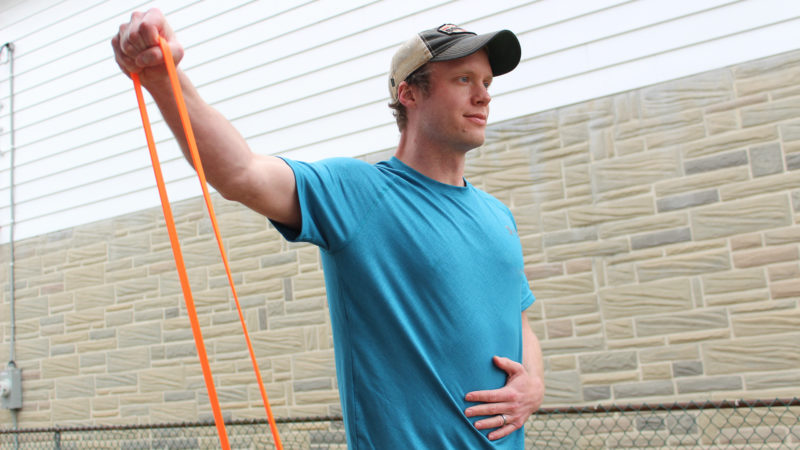
Conclusion
Deer hunting, especially hunting mature bucks, requires a lot of effort in the off-season as well as a high level of understanding of both deer biology and your hunting areas.
The off-season is the perfect time to put these pieces together. Whether you are breaking in a new bow, or a new pair of boots, take advantage of the hot summer days to knock out your deer hunting chores and you will thank yourself this fall.

 By
By 

